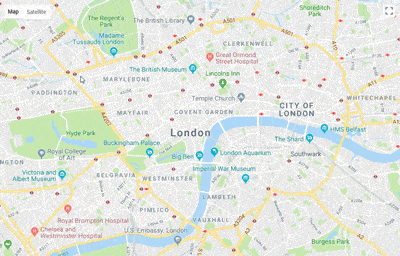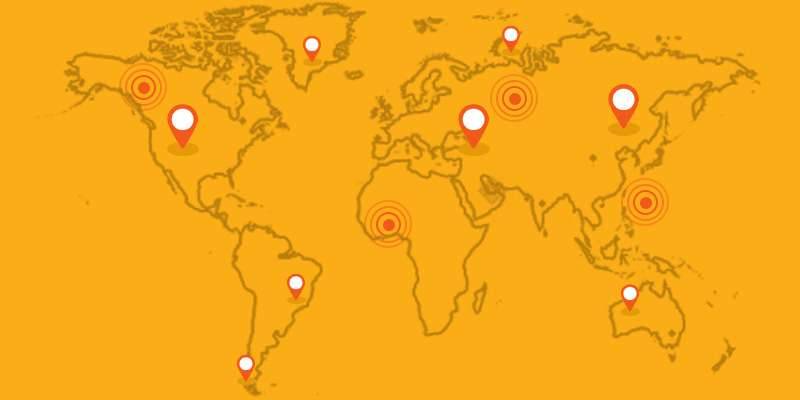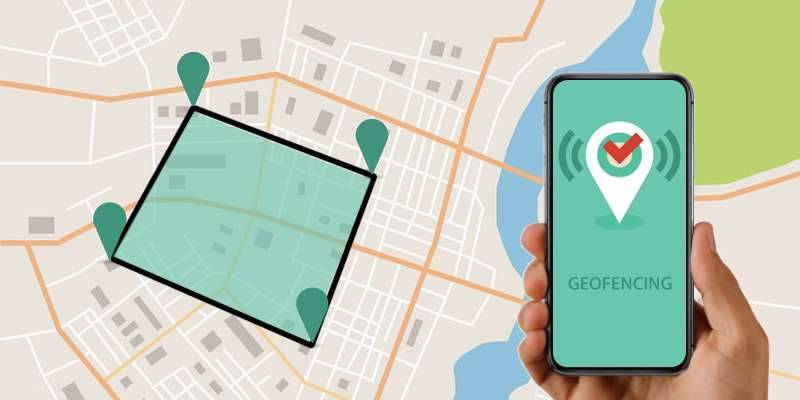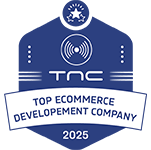Location-based marketing leverages the geographical location of consumers to enhance engagement through geo-fencing and geotargeting marketing strategies. It analyzes both online and offline activities, allowing businesses to reach their audience regardless of their proximity.
This approach ensures that marketing efforts are directed not only to consumers near your business but also to those who may require your product or service wherever they are.
By geo-targeting Google Ads you can promote the event and target the people living in the same suburb, and if you just travel through. For online location-based marketing, there are multiple ways that marketers and businesses found useful, which includes geo-fencing, geo-targeting, geo-conquesting, and beacons.
In this article you will learn a variety of approaches to Location-based Marketing,
For online location-based marketing, there are a variety of approaches that businesses and marketers might find useful, including geo-targeting through geo-fencing, beacons and geo-conquesting.
Why used Location-Based Marketing?
Location-based marketing statistics show the use of technology is increasing day by day. Well, known market research company eMarketer shows that 94% of American consumers now own a smartphone. The report shows that consumers now spend more time daily on their smartphones (3 hours and 43 minutes) than watching TV (3 hours and 35 minutes). And this gap will also increase by 2021, which will be much more time spent on mobile devices than TVs.
So a smart marketing strategy needed to grab customers´ eyeballs, you need to market where they are looking for. That's why using location-based marketing, you can achieve whatever you want for your business.
What are the Key Types of Location based Marketing?
- IP address marketing
- GPS marketing
- geofencing marketing
- Beacon marketing
- Blueprints location-based marketing
An IP (Internet Protocol) address is the unique string of numbers that verifies the gadgets connected to a network within a business or household. IP address marketing gets the eye of marketers which will help them to track the right people at the right time.
To get the best results, IP address-based marketing is used to deliver your messages in the form of video ads, banners on a wide range of websites. It will help your business to increase awareness of your brands, deliver highly customized messages, transparency on the exact audience who will receive your ads.
GPS technology is the next marketing breakthrough to get more consumers nearby your location. The majority of mobile devices have inbuilt GPS location technology, which means you can trigger promotions ads on this location information. “You can get 10 times more leads than a generic ads promotion using the GPS marketing” according to marketing experts.
Many industries can benefit from this location-based marketing are retail, tourism, restaurants, etc. You can target customers within a certain area of your business, competitors business, etc.
This type of marketing method is slightly complex where you can set up a virtual location or radius to market your product or services within the area you want. Location-based ads and marketing campaigns are only shown to consumers in a specific location target.
An experienced geofencing marketing company can start a marketing campaign by setting up a geofence in your targeted area, and send notifications, in-app ads, or search and display ads. This method is also similar to proximity marketing.

Beacon advertising or Bluetooth beacon marketing allows you to engage with customers using beacons. Beacons are small devices that can receive location information from nearby GPS or Bluetooth. For example, when you are in a mall and pass by a shop, if your device is Bluetooth enabled, you will get notified about personalization offers.
Using beacon marketing solutions, marketers recommend relevant content to customers and encourage higher conversation rates using personalized offers. As an IoT application development company, we recommend using iBeacon, Eddystone, or AltBeacon for beacon marketing. Discover the Comprehensive Guide Of Beacon, IBeacon, BLE, Eddystone, Kontakt, Gimbal.
This is the most sophisticated form of geolocation marketing. Using Blueprints, Marketers can create geographical boundaries around locations and points of interest. Marketers can find much better results in combining the customer's location data and behavior data.
How to Use Location-Based-Marketing?
- Proximity targeting
- Weather targeting
- Geo Conquesting
- Audience targeting
Proximity targeting is a location-based marketing technique that uses mobile location services to reach users in real-time when they visit a point of interest. For example, you are a restaurant owner and want to target users within a 1-mile radius of the restaurant. You could set uü proximity targeting radius and trigger an advertisement.
It will help marketers to use weather conditions to target marketing promotions and ads. For example, You can set up umbrellas outside your store when rain is coming, in order to make more sales.
Geo-conquesting is the type of geo-targeting, which will focus on attracting customers away from you competitors. This marketing technique will help marketers to convince customers that their product or services are better than others.
It will let you separate consumers based on location, help you to trigger offline and online behaviour , interests, demographics, and more. This marketing technique helps to formulate campaigns that connect you to trigger consumers´ lifestyle.

Geo-targeting: What Is Geo-targeting?
Geo-targeting is the method of detecting the geolocation of a website visitor and delivering the information based on the user's location. That information might be ads or other content like a push notification or email. Customers' IP addresses can be used to locate the location.
Using an IP address one can match the country code, state, city, and postal code and it can also be matched with data, user preferences and activities. Marketers can target specific groups of people or if they want they can exclude the groups of people they want. Geo-targeting allows marketers to target the people wherever their device goes.
Geotargeting refers to creating customers based upon past location history and point of interest. Marketers create various campaigns, content, and ads based upon the consumer`s real-world locations. For instance, people seen at auto dealerships are considered ad car shoppers and people at coffee shops are considered as coffee drinkers.
Why is geo-targeting important?
Geo-targeting based marketing is often called inbound marketing. Which means geotargeting audiences based upon their location. Geo-targeting will boost your business, increase relationships, and visibility with your customer. Some of the benefits are improving the user experience, offering interesting content, speeding up your services, spreading promotions, and also preventing fraud.
How does geo-targeting work?
Geo-targeting finds where users are based upon their IP addresses. These internet-connected unique IP addresses can be any gadgets like your tablet, phone, computer, and wearable. Marketers can track these IP addresses and promote anything to target their audiences based upon their locations.

Geofencing: What Is geofencing?
Using geofencing marketers can set up a geographic boundary using GPS or radio frequency identification(RFID). People will receive a notification such as push notification or text messages when they enter a fence defined by marketers. Audiences will serve real-time advertising and content when they visit targeted areas.
Geofence can be done with two approaches, which are radii and polygons. A radius of a circle around the point of interest will assume when any gadgets will enter and it will send push notifications. Polygons' shapes are more precise than radii to identify the physical structure of the point of interest. It will not pick up any random passerby and target real visitors to a location.
How does geofencing work?
Geofencing mostly uses small chips in gadgets which are GPS to create an area with a virtual fence. When a gadget moves in or out space, triggers are sent. When a device moves into (or out of) the space defined by the fence, triggers are sent, and the user will receive a notification. Retailers, For instance, might set up a geo-fence that targets visitors who are leaving a retail shop after searching for a product. Sending them an offer to come to the shop again - or consider an alternative option.
Beacons: What Is Beacons?
Beacon are small GPS devices that can be placed in targeted locations. The main purpose is to target the user's device when they move into the target range. The concept is similar to geofencing when users are in target range a server sends a text, in-app message, push notification, or even an email. Beacons are only target devices themselves, not the people.
When use moves out of the beacon’s range, all communications stop. Bluetooth 5.0 is now enabling revolution using Beacon by creating new market opportunities such as Smart Building, Smart Industry, Smart Homes, and Smart Cities using mesh connections. Find out more about differences comparisons between Bluetooth 5 vs 4.2.
How does beacons work?
Bluetooth technology is cheaper than WiFi and GPS. Beacons are small wireless transmitters that use low-energy Bluetooth technology. Each device includes a small CPU, batteries, and radio, and it works by repeatedly broadcasting out an identifier. Once an identifier is connected, beacons will send whatever function it has been programmed to perform.
For instance, retailers use beacon technology to trigger the audience who visits hypermarkets or shopping malls, Marketers can use proximity marketing beacons for real estate business also.
Difference between geofencing vs geo-targeting vs Beacons
FAQ:
1.) Is geofencing safe?
Geofencing is a highly secure way to add a new level of information security.
2.) What apps use geofencing?
Popular apps like Sephora, Apple reminders, Jet blue, Apple Maps and Proximi T use geofencing.
3.) Can you use geofencing without an app?
Using customers zipcodes or latitude/longitude from digital ad networks can be used for geofencing without an app.
4.) Where is Geofencing used?
Geofencing can be used anywhere it can be a house, a store or spread out to some miles, Google earth can also be used to display the geofence boundaries.






























